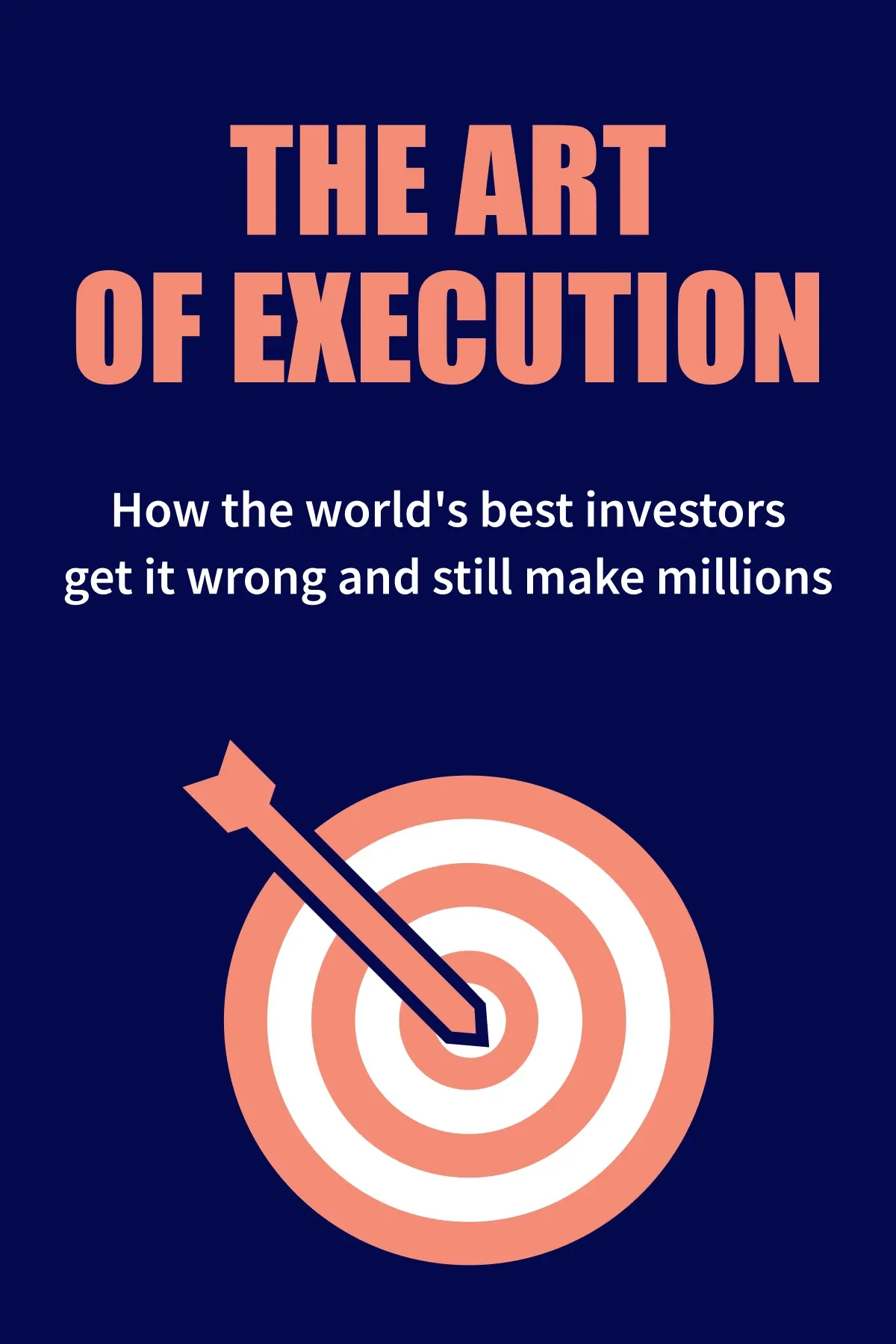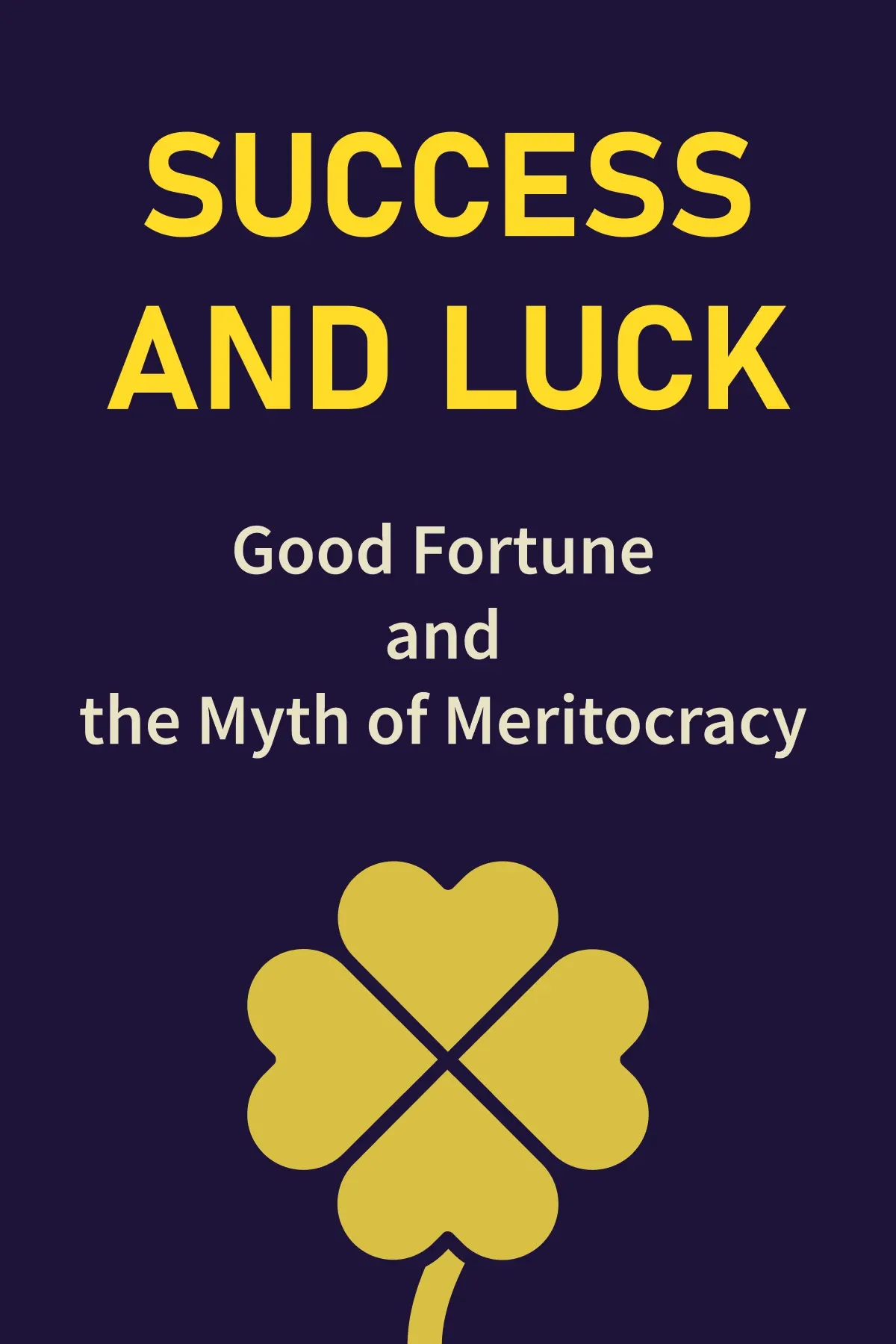
One Up On Wall Street
Brief Summary
While it’s rare to outperform professional investors, there is a way to get closer to their level of income. Peter Lynch’s “One Up on Wall Street” provides tips on understanding key financial numbers and selecting the right stocks. Learn about long-term investing and how to spot great investment opportunities now.
Key points
Key idea 1 of 7
Often, newbies in the investing business are sure that to get a tenfold profit, you have to be experienced in cutting-edge technologies. In fact, easy-to-understand companies may turn out to be exceptionally successful. That’s why amateurs, when given all the necessary information, can predict winning stocks as accurately as Wall Street professionals. The most important thing is to pay attention to everything around you, whether it’s a workplace or a mall.
If you are wondering how to choose companies for investment, read on. Usually, renowned brands are a safer option as they have already established a strong reputation with customers. However, Peter Lynch, the author, often discovers big winners outside formal business channels, much like an amateur investor could.
For instance, a fireman from New England realized on time that Tambrands was going to ride the wave in marketing tendencies. He made a pivotal decision to invest in this company, which ultimately turned him into a millionaire. The same principle was shown by Lynch’s wife, Carolyn, when she took an interest in Hanes (L'eggs pantyhose), which later became a “sixbagger”, an investment that is exited at 6 times the initial investment.
If an investor is professional, they may still be imperfect. There are several drawbacks associated with them. For example, some skilled investors tend to waste a great deal of time on justifying their approach to superiors and stakeholders. They could spend that time timing the market instead.
Large funds often face limitations in selecting companies, which can result in overlooking smaller but promising investment options. As a result, they may lose the opportunity to reap the benefits of fast-developing businesses that had the potential to become “tenbaggers.” Another issue prominent investors stumble upon is some kinds of limitations from the SEC (The Securities and Exchange Commission). Consequently, mutual funds are prevented from possessing more than ten percent of shares in a single company. Moreover, allocating over five percent of one’s portfolio to a single firm is also prohibited.
Remember, as a layperson in investment businesses, you are free from all the institutional limitations and have a fresh vision. So, you are less likely to make cookie-cutter decisions.
You may also like these summaries











